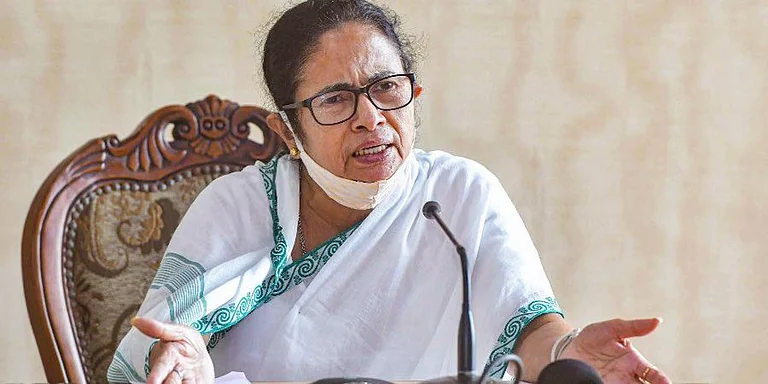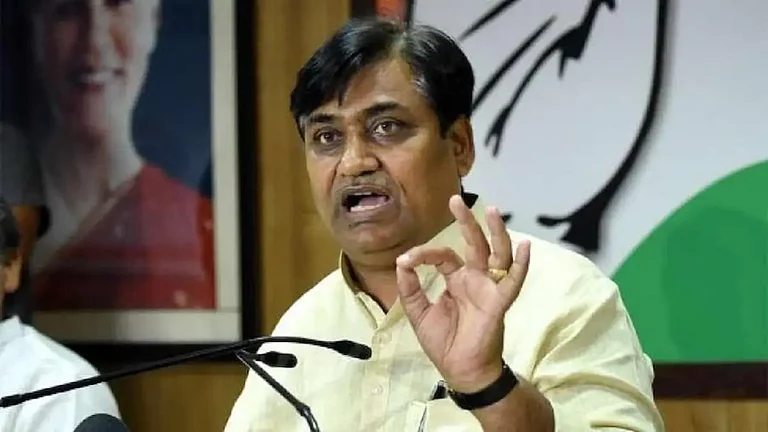In 1944, when Primo Levi, one of the prisoner-slaves in Auschwitz, was sent to a laboratory by the Nazis to test his viability as a worker, he was examined by the ‘blue-eyed’ German Doktor Ingenieur Pannwitz, whose hateful gaze Levi never forgot. He noted in his memoir, Survival in Auschwitz, published in 1986, “Because that look was not one between two men; and if I had known how completely to explain the nature of that look, which came as if across the glass window of an aquarium between two beings who live in different worlds.”
The hatred that bridged ‘two different worlds’ consisting of ‘pure German’ Pannwitz and the ‘less equal’ Levi has been an embedded feature in human beings that no evolution has done away with. The strong feelings of hate since the early days of civilisation have shaped our political discourse(s). Evolutionary psychologists in the post-Darwin era have also speculated that human beings have evolved to compete, ‘group against group’.
The essential distinction between the in-group and the out-group that drives hate, as Professor Willa Michener of Massachusetts Institute of Technology (MIT) says in her paper, titled “The Individual Psychology of Group Hate”, also leads to what is known as ‘third-party revenge’, where the offence committed by a few vilifies the whole group or the community. In Rwanda, the assassination of President Juvenal Habyarimana led to the genocide of the Tutsis by the Hutus. The same pattern is evident in the 1984 anti-Sikh riots, the 2002 post-Godhra pogrom and many other instances across the world.
What drives feelings of hate to such an extent? Michael Ignatieff succinctly defines it in his book The Warrior’s Honour: Ethnic War and the Modern Conscience: “The atrocities are held to reveal the essential identity—the intrinsic genocidal propensity—of the peoples in whose name they were committed. All the members of the group are regarded as susceptible to that propensity even though atrocity can be committed only by specific individuals.”
Scholars, however, have different opinions of what constitutes hate. They nevertheless agree to the point that hate provokes violence against the out-group. While talking about how this elementary feature of ‘One did it/they all did it’ is taken up by children, anthropologist Pascal Boyer says in one of his papers, “This elementary intuition is easily acquired by children the world over.”
However, discarding the theory of inheritability of hate, sociologist Imtiaz Ahmed Ansari tells Outlook, “Hate, as a specific form of emotion, is common to humans. Hate is neither biologically inherited nor does it occur in a social vacuum. It is socially situated. It is a mix of individual and structural factors. We are not born with the emotion of hate but something which we are taught and learn from our social environment.”
Ansari, who teaches Sociology in Jamia Millia Islamia University, notes that hate varies politically and culturally. “Since it has to be nurtured, hate can be an effective political tool. The history of anti-Semitism and currently the anti-Muslim bias is symptomatic of the usefulness of hate in creating and presenting ‘the other’ as the enemy and keeping the in-group intact,” adds Ansari. Social divisions like caste, class, race, religion, gender, ethnicity, nationality and all other possible cultural markers shape group identities that carry hate as the socially structured emotion to subjugate the ‘other’.
In recent years, from ‘Dharma Sansad’ (religious parliament) in Uttarakhand to the evocation of ‘Goli Maro Salon ko’ (Shoot those rascals) slogans against anti-CAA protestors have shown how hatred against the Other is used to gain political mileage. But how does it work in a democratic environment? Explaining the phenomenon, Ansari says, “Even in the most stable democratic regimes, hate-based violence can be rampant as it can be manufactured and manoeuvred to achieve the parochial goals.”
Hilal Ahmed, associate professor with the Centre for the Study of Developing Societies, nevertheless looks at hate-based politics in a different way. Speaking to Outlook, Ahmed says, “Hate is actually a negative emotion. Emotion is a much wider category. But if you ask me if there is anything such as hate politics, I don’t think hate has anything to do with that especially in India.”
For Ahmed, it is the “rediscovery of the collective identity of her or his community” that drives political actions. “There are two ways you can do that. First, through glamorising yourself, but that has its limits. In order to say that you are better than the other community, you will start treating the other community negatively,” says the author of Siyasi Muslims: A Story of Political Islams in India.
Instead of calling it politics of hate, Ahmed prefers to call it “politics of identity based on certain emotions” that shapes the political narratives of our time. “If you focus on the politics of emotions, hate is one of its attributes,” adds Ahmed.
Interestingly, deconstructing hate speeches that sometimes provoke and result in violence, Ahmed says, “All these speeches have got a very interesting structure. They start with the conceptual outline that ‘We know you are very unhappy’. Unhappiness is underlined.” Then, he continues, “They go on in the middle to argue, ‘I know if I ask you to kill a person or destroy everything, I know you are capable of doing it. And they end with, ‘But I ensure that you don’t do it.’”
In reference to the speeches delivered by Bal Thackeray in 1991, the Shahi Imam of Jama Masjid Abdullah Bukhari in 1987 and a recent one by a minister at the Centre that led to mass violence, Ahmed says that these are ‘restrictive provocations’ used for “strategic communication to evoke a collective emotion”.
Can we combat the hate-filled environment engendered by ‘restrictive provocations’ and consecutive hate speeches against the out-groups through the ideals of much-propagated ‘tolerance’? Rachel Dean-Ruzicka, who teaches at the Georgia Institute of Technology, in her paper titled, “Combatting Hate Through Young Adult Literature” disagrees and notes, “Instead of acting to discourage hatred, the ideal of tolerance merely asks those who experience dislike or hatred not to act upon those feelings.”
Wendy Brown in her 2006 book Regulating Aversion: Tolerance in the Age of Identity and Empire also points out that the sense of tolerance comes with the feeling of moral superiority. In this context, Dean-Ruzicka argues that the only way to deal with it is to believe in the “cosmopolitan ethics of difference” against the prevalent “morality of tolerance”.
Hate as an embedded feeling not only plays a determining role in group-based politics but also drowns the individual into an illusory collective that wants security, glory and imaginary rejuvenation of an ancient past.
So, does hatred need any context to bubble out on the surface in different temporal and social situations? Hate doesn’t need any spark—perhaps, it is as much a human emotion as love is.
(This appeared in the print edition as "Dissecting Hate")



























